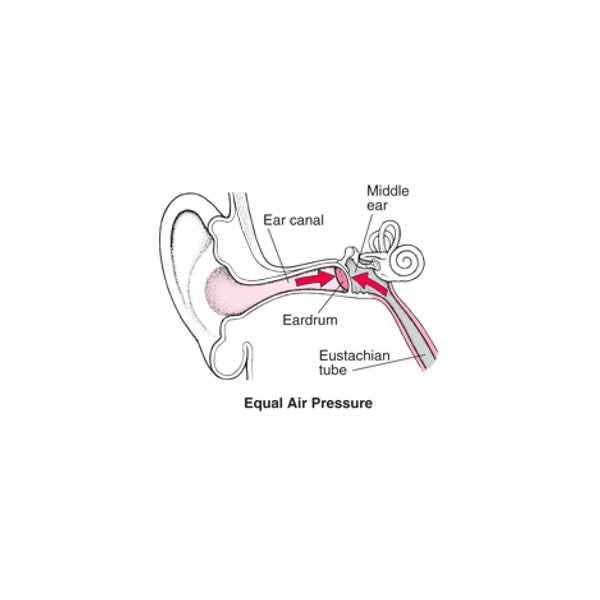
Freediving Equalization Techniques
Equalizing is one of the most important skills that you need to develop as a freediver. Proper equalization is what allows you to dive deeper into the depths and enjoy the water at its full potential without discomfort or pain. If you fail to develop this skill, you will find yourself frequently stuck near the surface. In this article, we will be going over some of the very basic techniques of equalizing and how they impact your ability to dive deeper.
Why Equalizing is Important
The reason you need to equalize is to get the air spaces in your head to reach equilibrium with the environment. If you do not equalize as you descend underwater, the increased pressure around your body will cause discomfort at a minimum. If you push past the discomfort and keep going deeper without equalizing, it can cause injuries to your eardrums which can become permanent. A ruptured eardrum is one of the most common injuries from not equalizing, and if the injury is bad enough it can keep you out of the water for months, if not indefinitely.
The Two Equalization Techniques
Broadly speaking there are two types of equalizing techniques. There is the Valsalva technique, which is commonly taught in scuba diving courses, and there is the Frenzel Technique which is taught in freediving courses. Both techniques have some overlap in how they are done, like relying on blocking the nose and applying pressure to force air into air spaces in your head. The mechanical steps get different from there. Proper diet also impacts your ability to equalize well.
Valsalva
Valsalva is a very old breathing technique frequently taught in scuba diving courses. It is an effective way to equalize in shallow water and while your head is higher than the rest of your body under water. This article by Divers Alert Network (DAN) goes over some of the basics of Valsalva, including the drawbacks. The technique has some major issues while being inverted in the water, which is why most Freedivers learn the Frenzel Technique.
